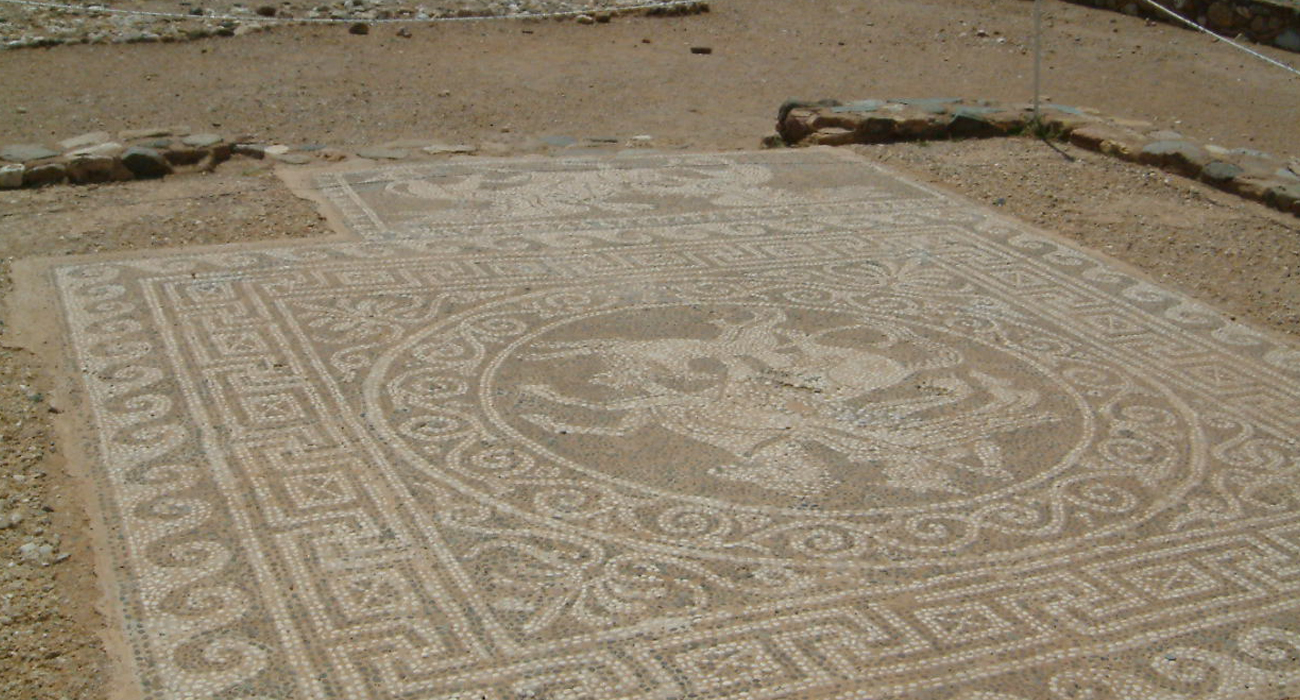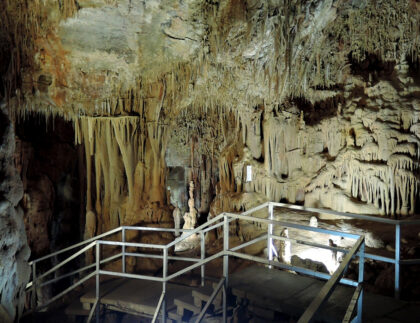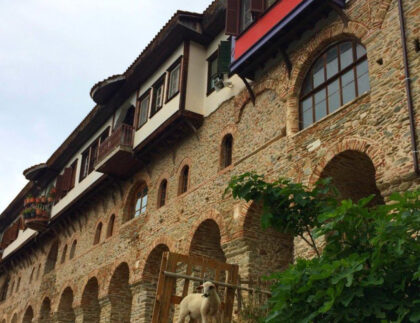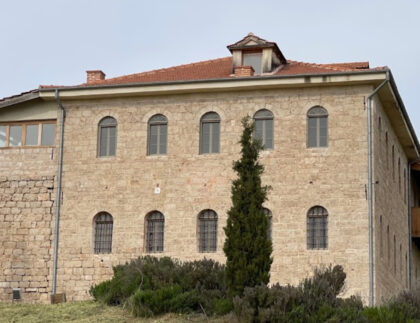
The location of Olynthos, known since the last century, fully corresponds to the ancient information, according to which it was 60 steps away from Potidea and 20 steps (2.5 km) from Mikyverna, its port in the innards of the Gulf of Toroneos.
Olynthos was built on a double hill, in the southern part of which remains from the late Neolithic era (3000 - 2500 BC) are found. Its pre-Greek name means wild fig and according to the tradition of its Creator-Hero, it was Olynthos, son of Hercules and the wolf Volvi or the Thracian god Strymon. According to Herodotus, the city was built by the Vottians, who after their expulsion from the Macedonians, moved to Halkidiki. This settlement was destroyed in 479 BC. by the Persians, when they returned to Asia after their defeat at Plataea, and surrendered to the Chalcidians.
Its heyday dates back to classical times. He participated in the First Athenian Alliance (Delian Alliance) as an active member. In 440 BC. rebelled against the Athenians and within two decades became the most populous and richest city in the region, accepting waves of immigrants from Potidea (429 BC), Mendi (423 BC) and Sigos (before 422 BC) .Χ.) Due to the Peloponnesian War and its consequences in the region of Halkidiki. In 432 BC. The "Common of Halkidiki" is founded, an alliance of 32 coastal cities of Halkidiki, based in Olynthos, a new city, built with the hippodameian system. Due to its growing power, it clashes with Amyntas III of Macedonia (393 - 370 BC). For the same reason it is attacked by the Spartans (382 - 379 BC) who besiege and occupy it temporarily.
During the Theban hegemony, Olynthos regained its lost prestige and again broke with Athens (368 - 358 BC) for the region of Amphipolis. Philip II tries to take advantage of this fact. In the beginning (356 BC) he offers her as a reward for her friendly attitude Potidea and the area of the city of Anthemountos. However, the alliance of Olynthos with Filippos will not last long, as it opposes his plans. The city is made famous by the fiery Philippine speeches of Demosthenes in Athens, who fails to send aid. In 348 BC. Philip attacks the capital of the Common of Halkidiki and destroys it.
The systematic excavation was started by the American School of Archeology under the direction of Professor D. Robinson, between the two World Wars (1920s). During four excavations, most of the city was explored and one of the best examples of urban planning, using the hippodame system, and residential architecture from the classical era came to light. The research provided important new data on the daily life of the ancient Greeks of the post-classical period.
In 1990 the 16th Ephorate of Prehistoric and Classical Antiquities began the restoration of the monuments and the promotion of the archeological site with funding from the European Union and the Ministry of Culture. So far, several building blocks and three public buildings of the classic city on the north hill have been restored and restored, and the promotion of the archeological site has progressed.
Author
Ε. Μπ. Τσιγαρίδα, ΙΣΤ' Ε.Π.Κ.Α.
Source: http://odysseus.culture.gr/





